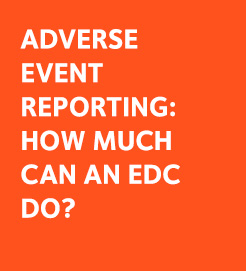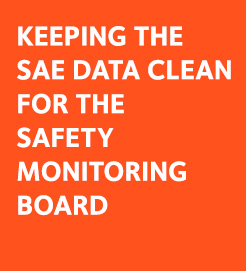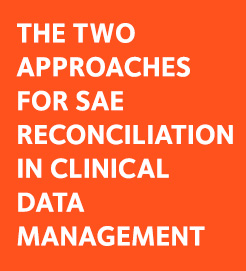SAE / AE reconciliation may seem trivial at the beginning of a clinical study but can prove to become a real nightmare as one gets closer to database lock. Contrary to other tasks that must be completed as part of the study conduct performance, SAE reconciliation is a genuine compliance requirement and, if done incompletely, may trigger critical findings in case of health authorities audit.
Let’s be clear: by SAE reconciliation we mean the comparison of key safety data between two very different systems: the clinical database which is essentially a closed system and the safety database which can be defined as an open system.
A clinical database is defined as closed since it can receive data only for a very short period of time that is the lasting of the study.
A safety database is defined as an open system since it continues to receive new SAEs or updates of pre-exiting SAEs concerning any clinical studies even when they are locked.
Here is an incomplete list of safety data points that need to be compared and reconciled:
1. Subject ID (and randomisation number if applicable)
2. SAE verbatim
3. LLT term
4. PT term
5. SOC
6. Onset date
7. Stop date
8. Outcome
9. Severity
10. Seriousness criteria
11. Causal relationship with study drug/medical device/procedure
12. Action taken with study drug/medical device/procedure
SAE reconciliation maybe performed at the end of the study, before database lock, or during the study by a periodic review of the two databases.
Both methods create substantial workload but the latter is usually preferred as Last Patient Last Visit (LPLV)-to-database lock is a closely monitored KPI in most companies. Periodic AE reconciliation has the advantage of putting the work behind during the conduct of the study but it is made complex and error prone by changes and additions to data in either source requiring continuous re-checking. An automation tool can alleviate these burden but has some cost in acquiring and setting up.
So, what is the critical size of a study to warrant the use of an automated tool rather than performing manual AE reconciliation? Obviously the larger the study and the longer it lasts, the greater the benefit. However, from experience, if a tool already exists in the company, even small studies will see a clear benefit in time saved and in quality for automating AE reconciliation.
DOWNLOAD NOW THE FREE SAE RECONCILIATION HANDBOOK
The Manual / Reference Book with all the topics related to the Safety Data Reconciliation Management.







